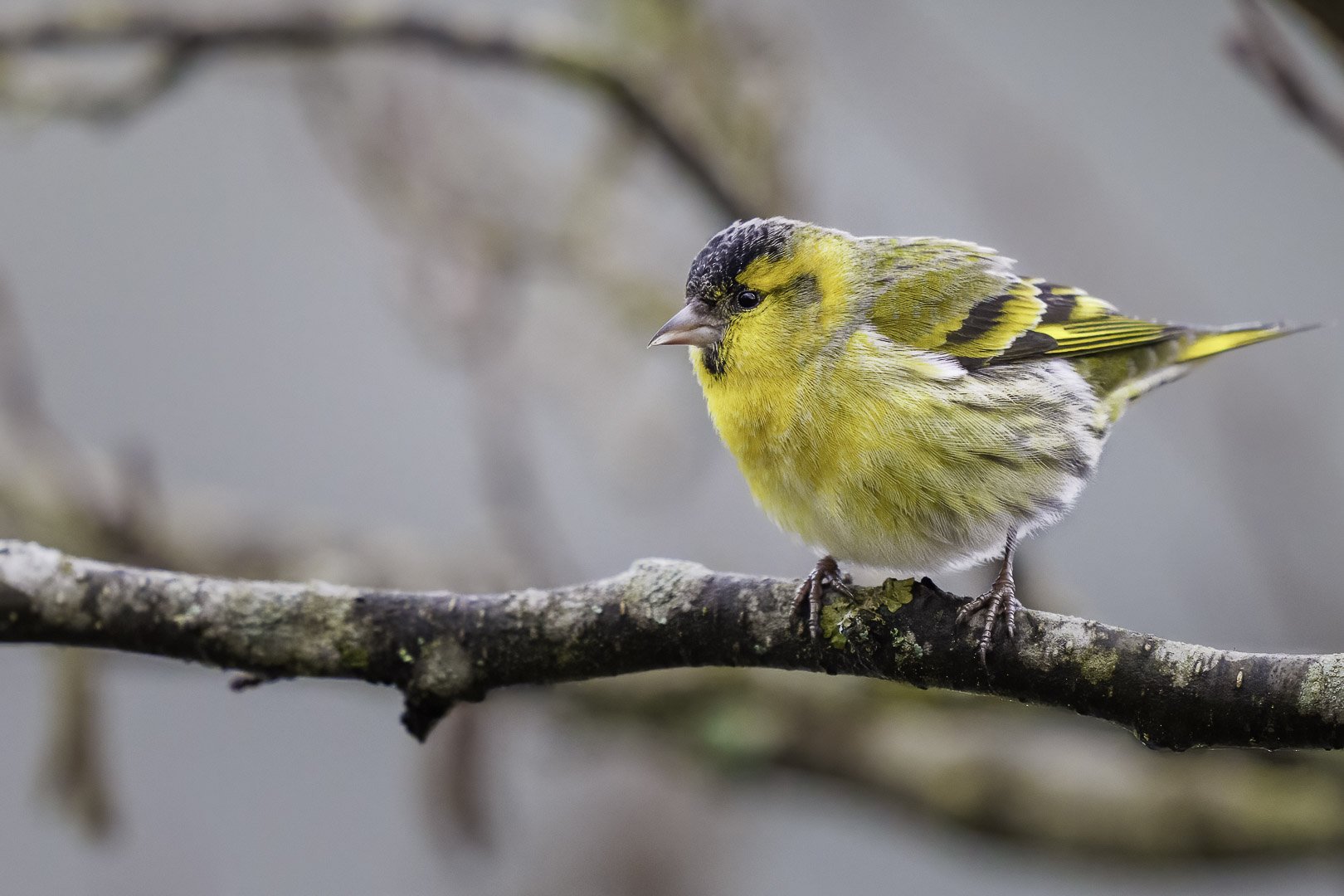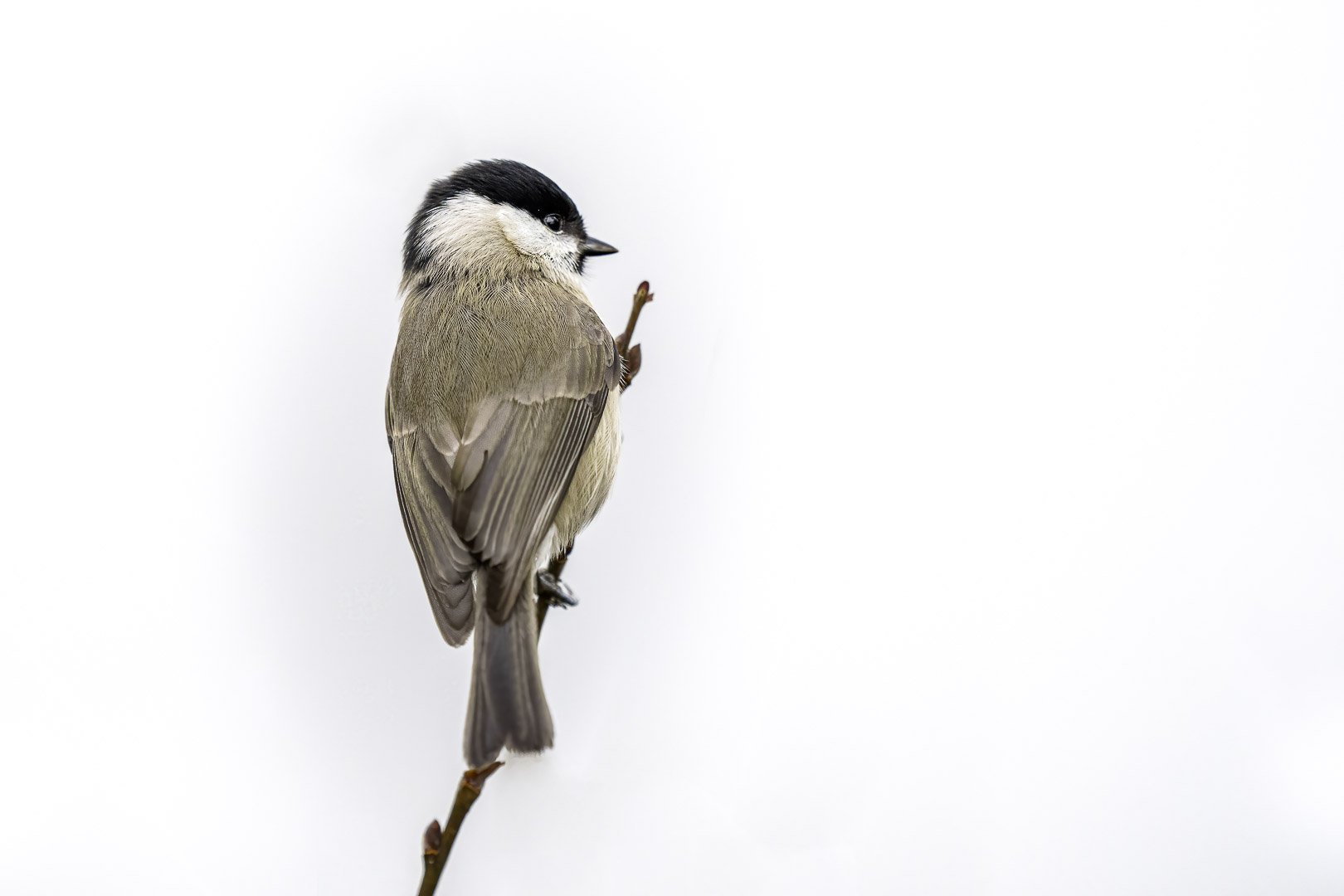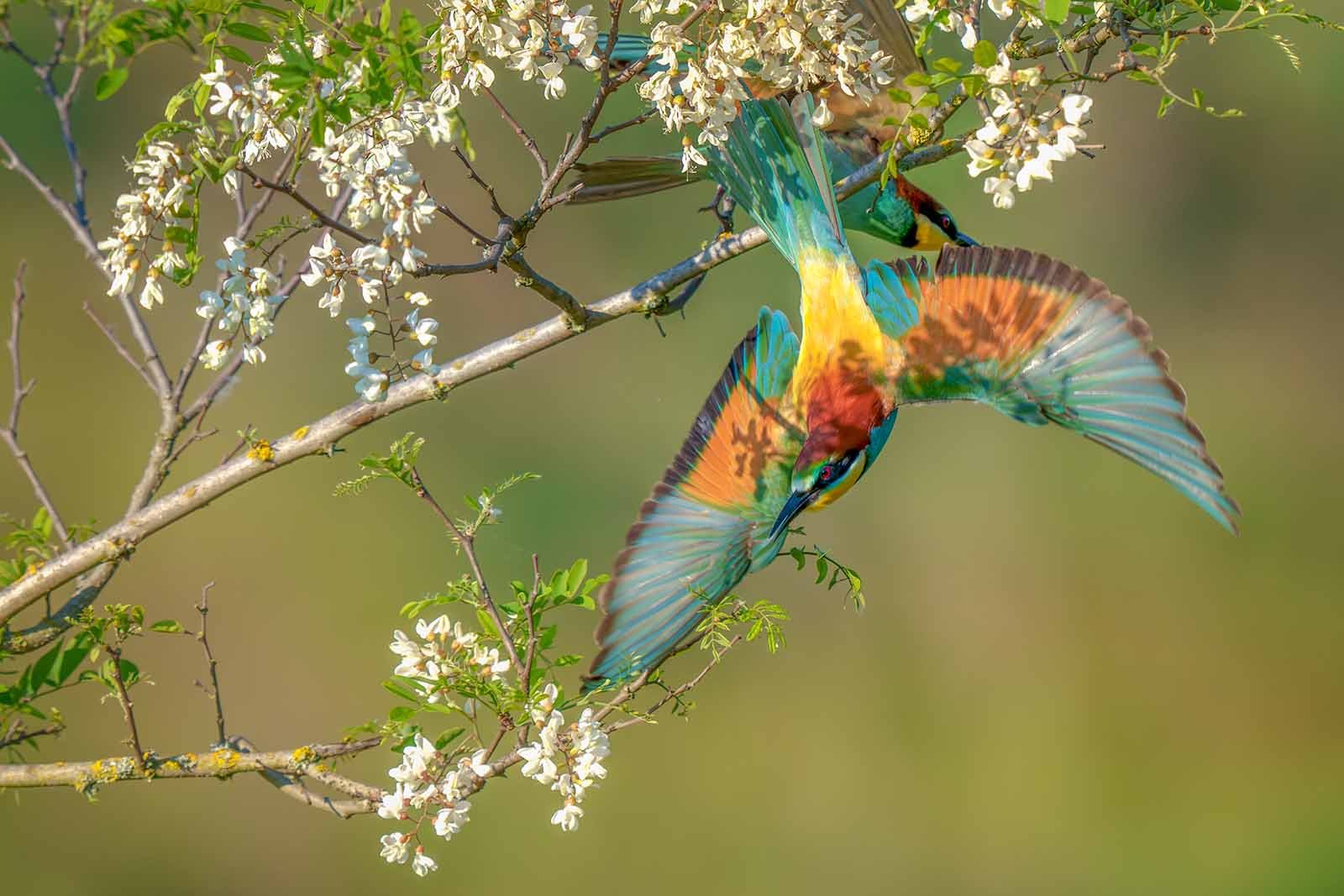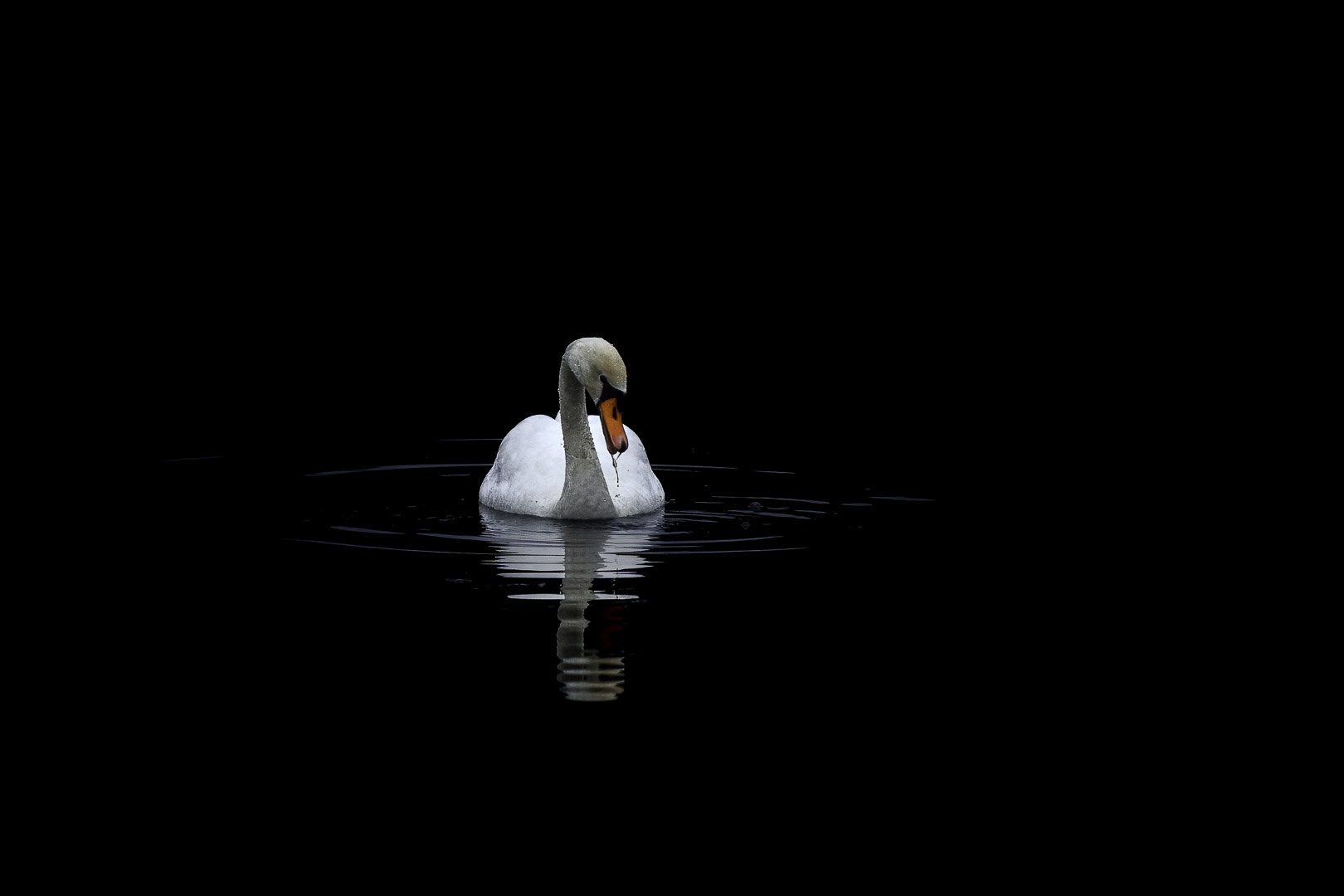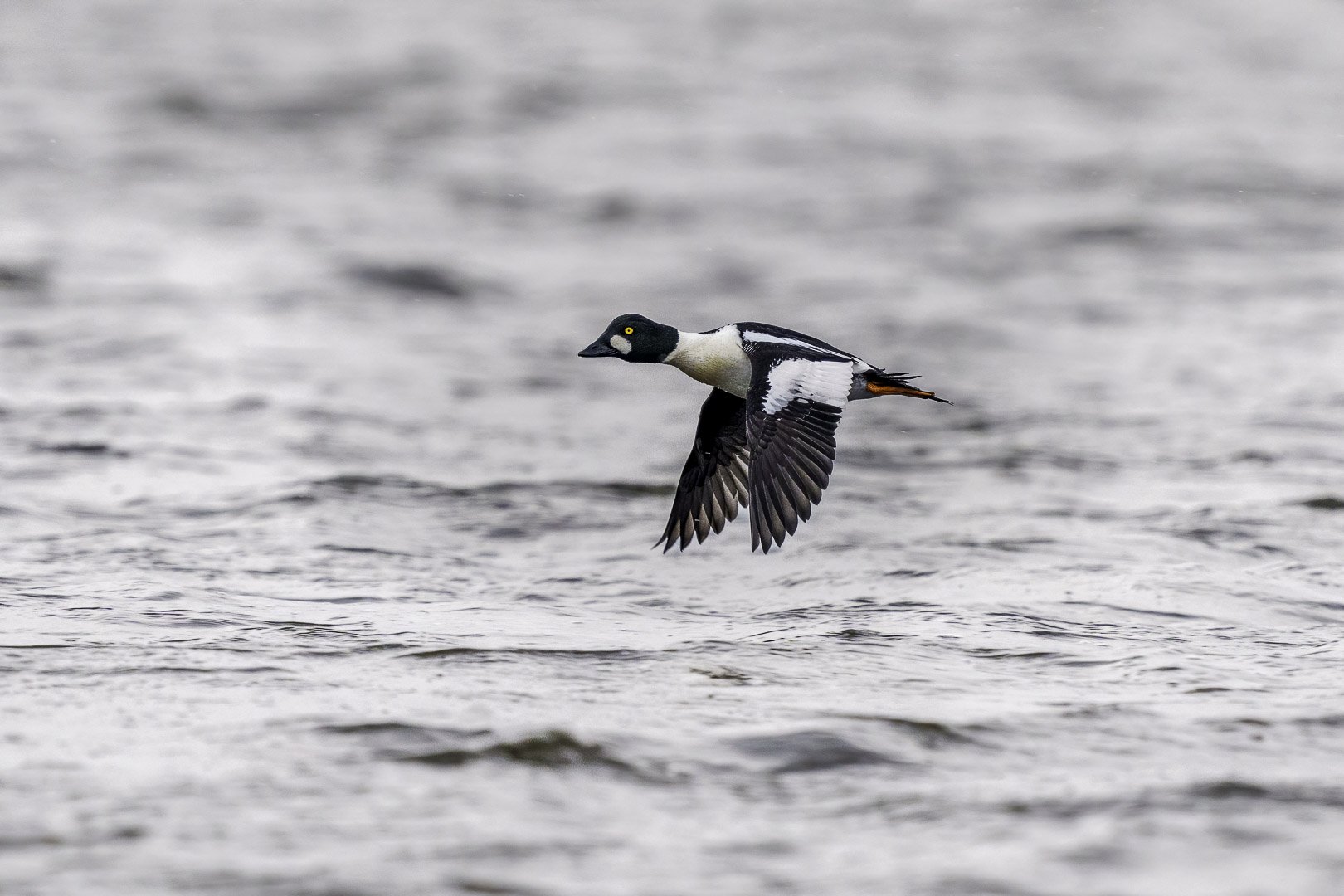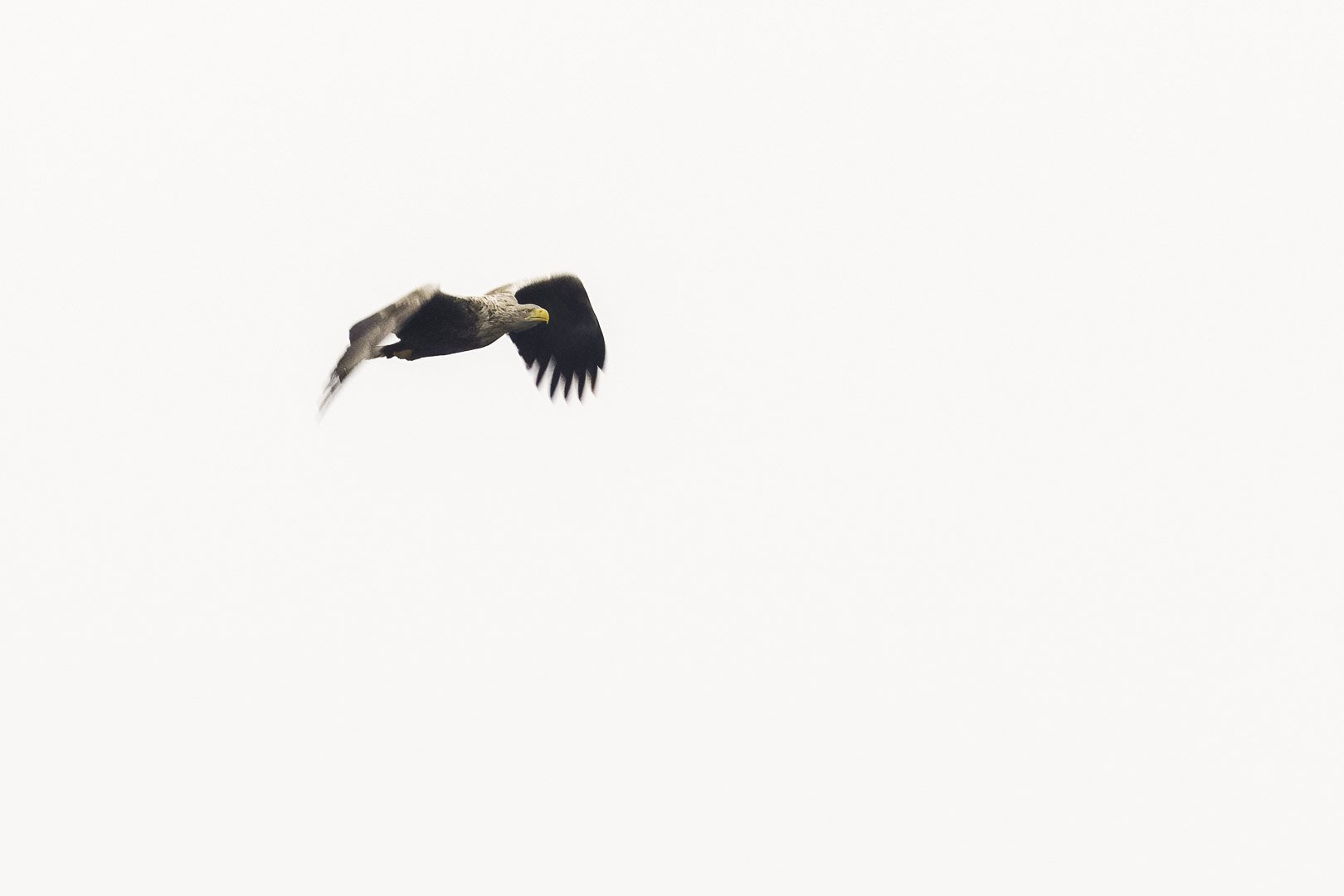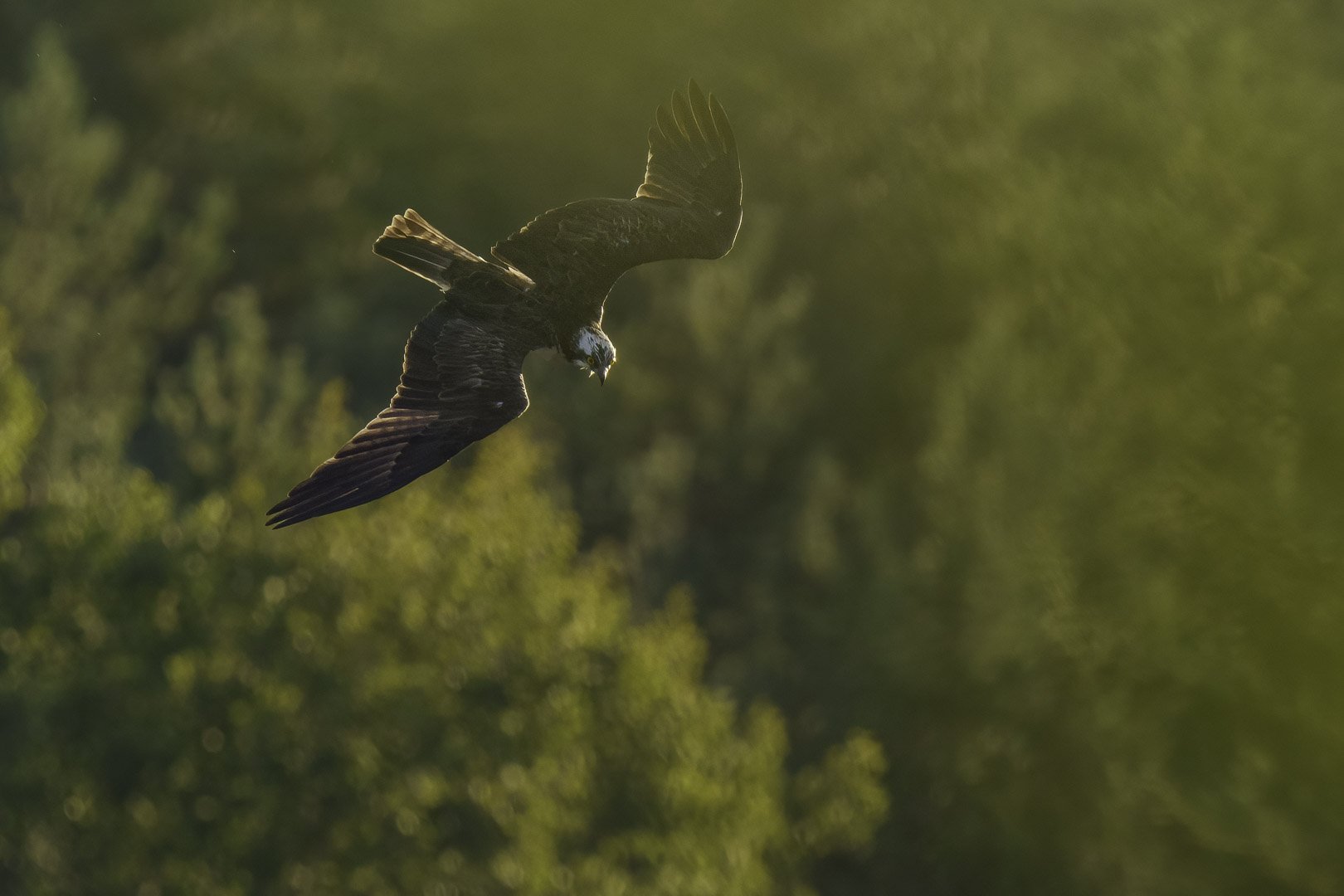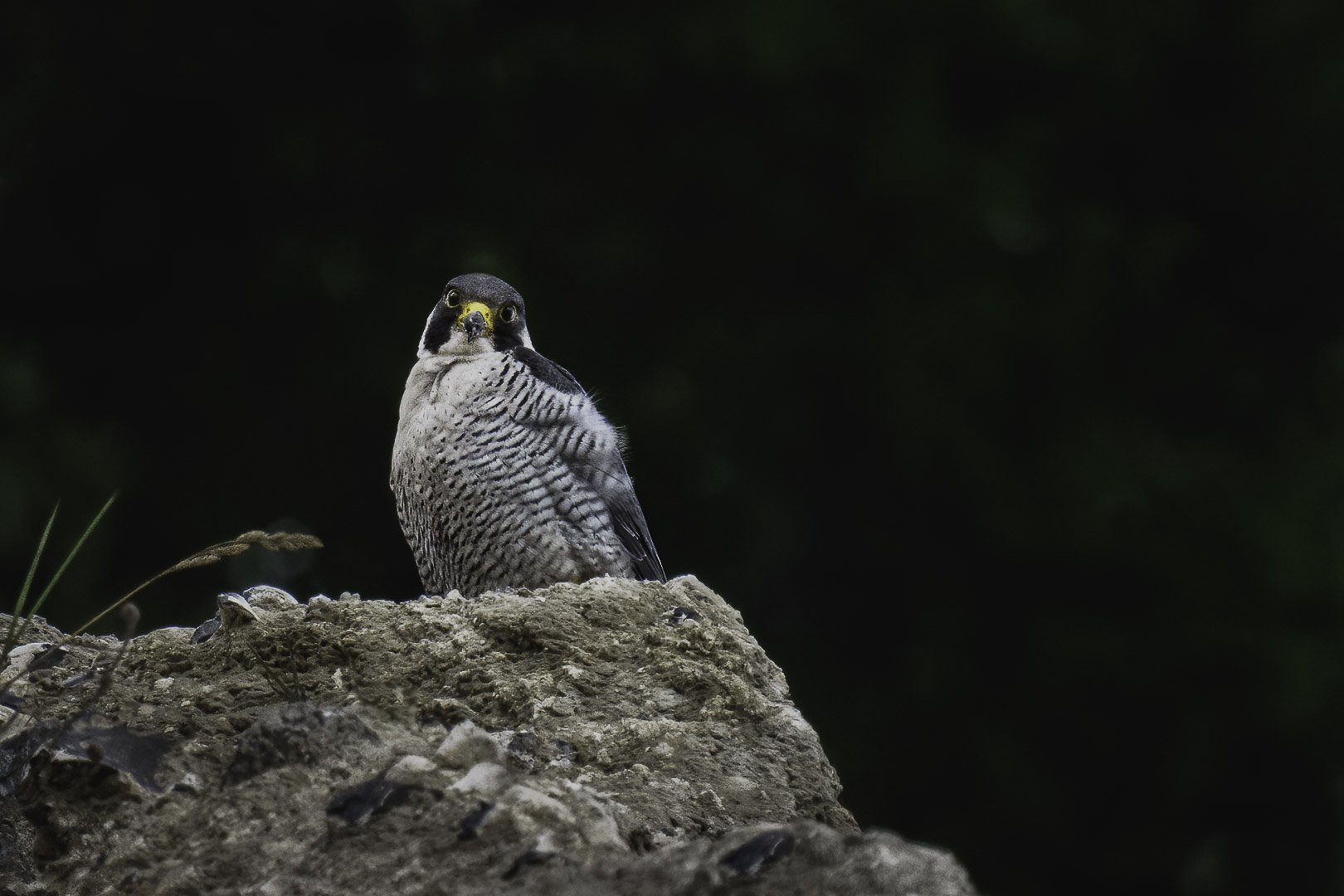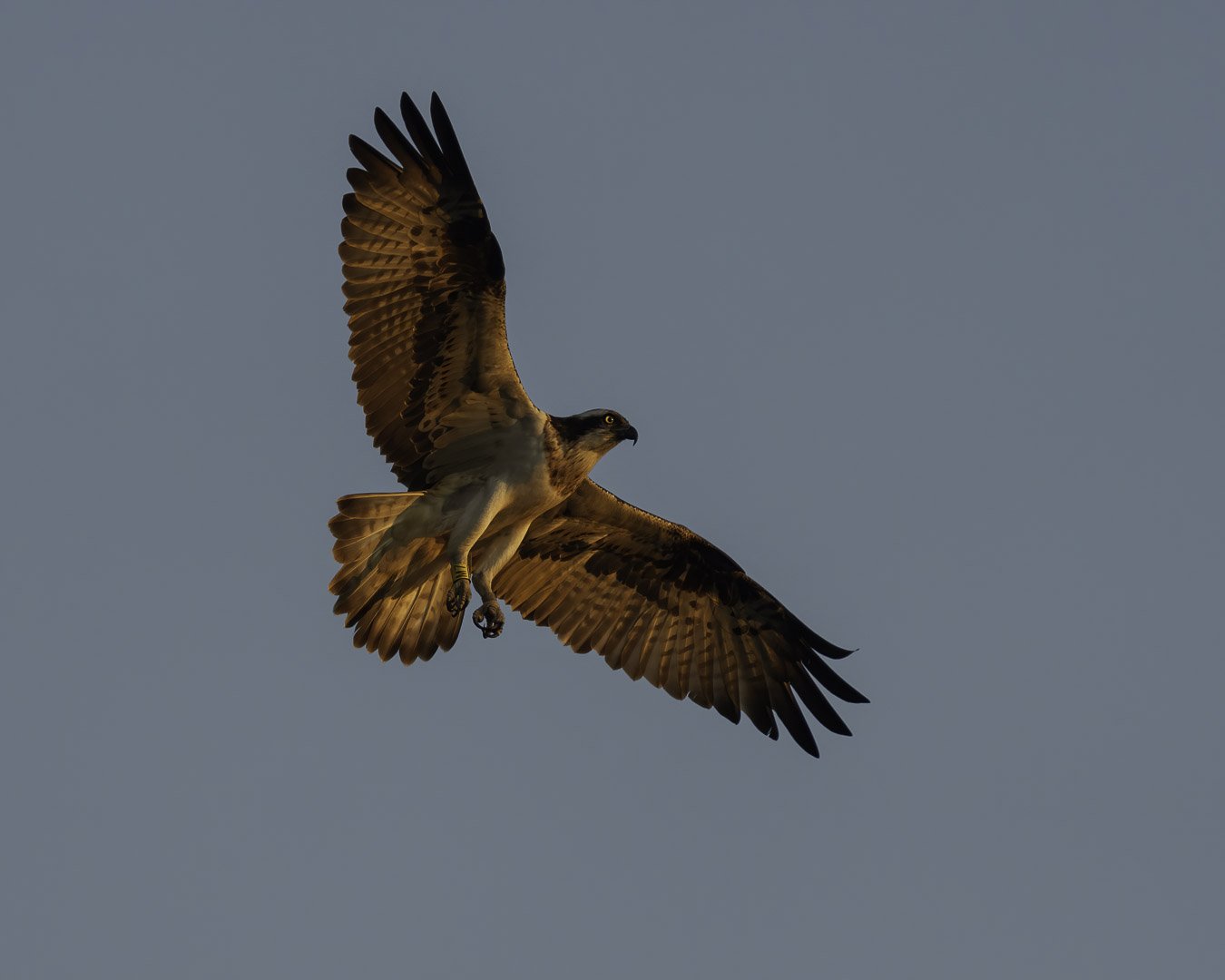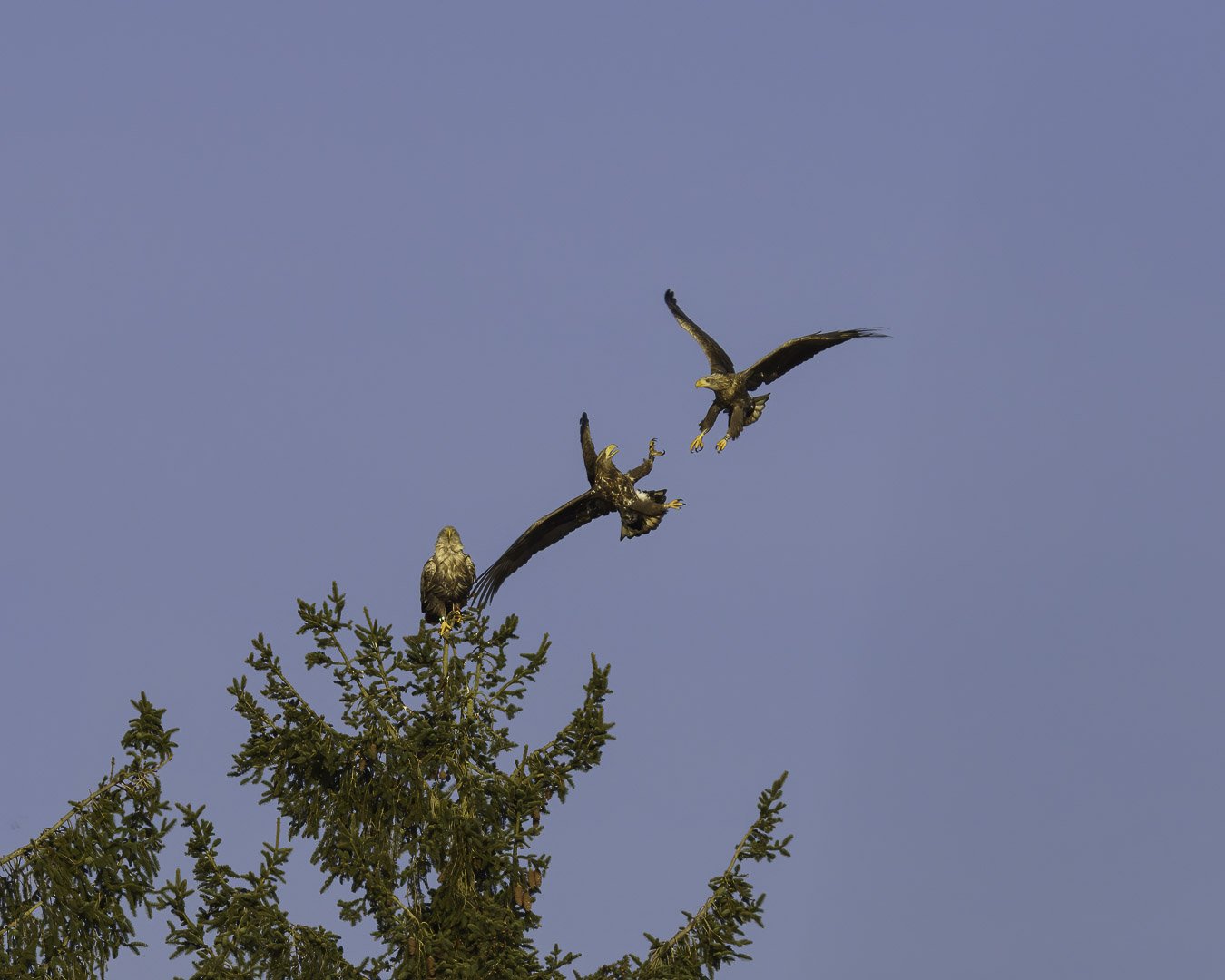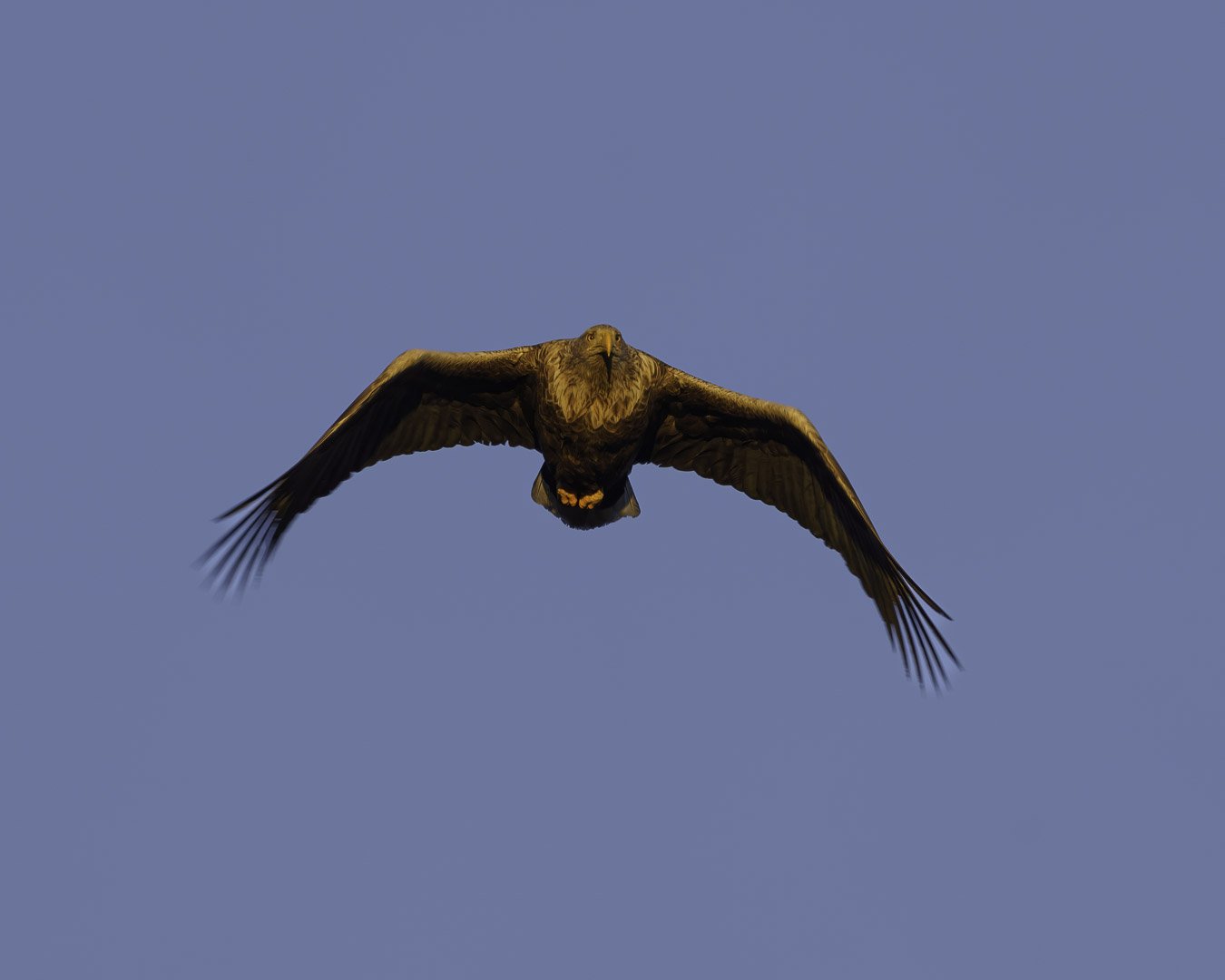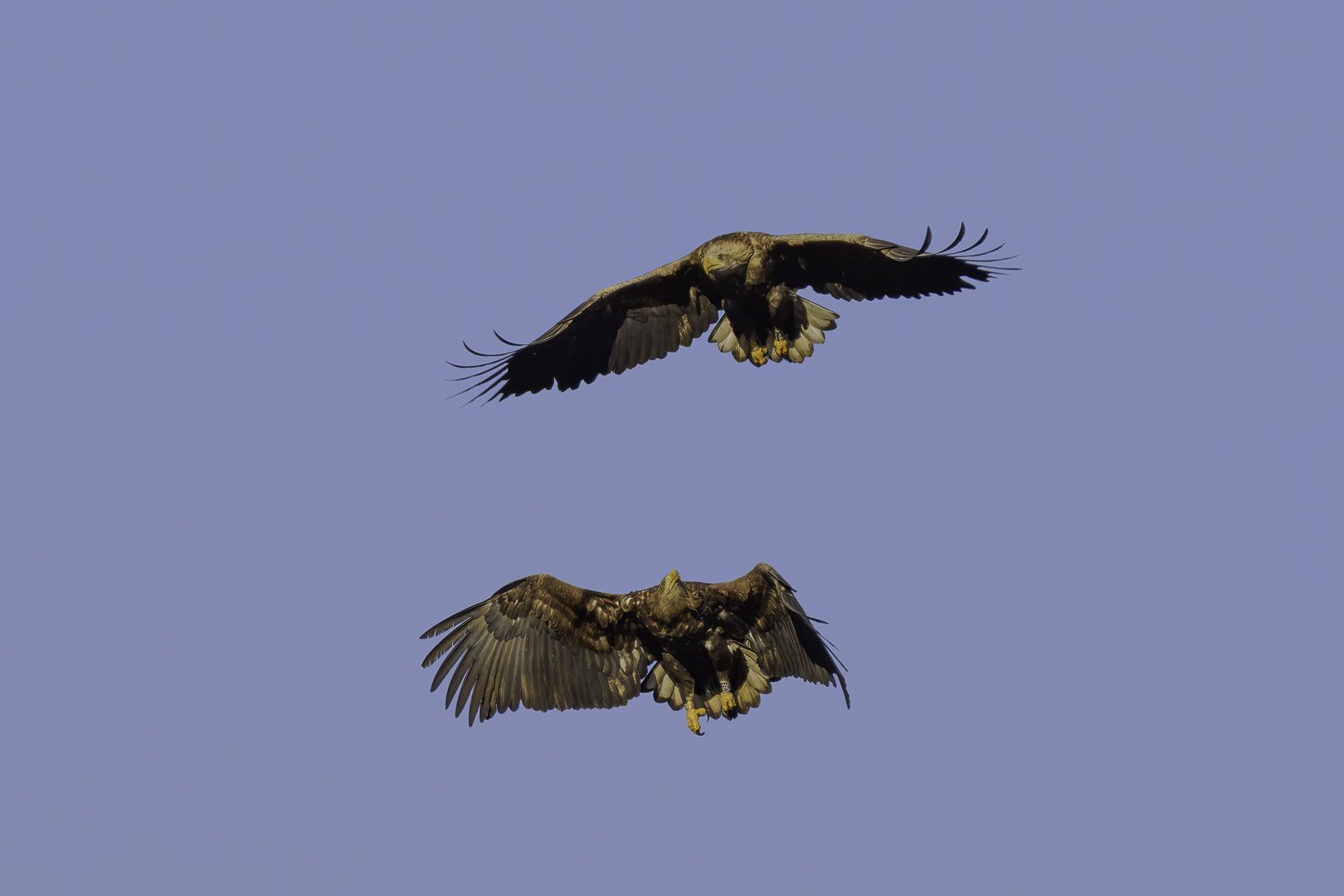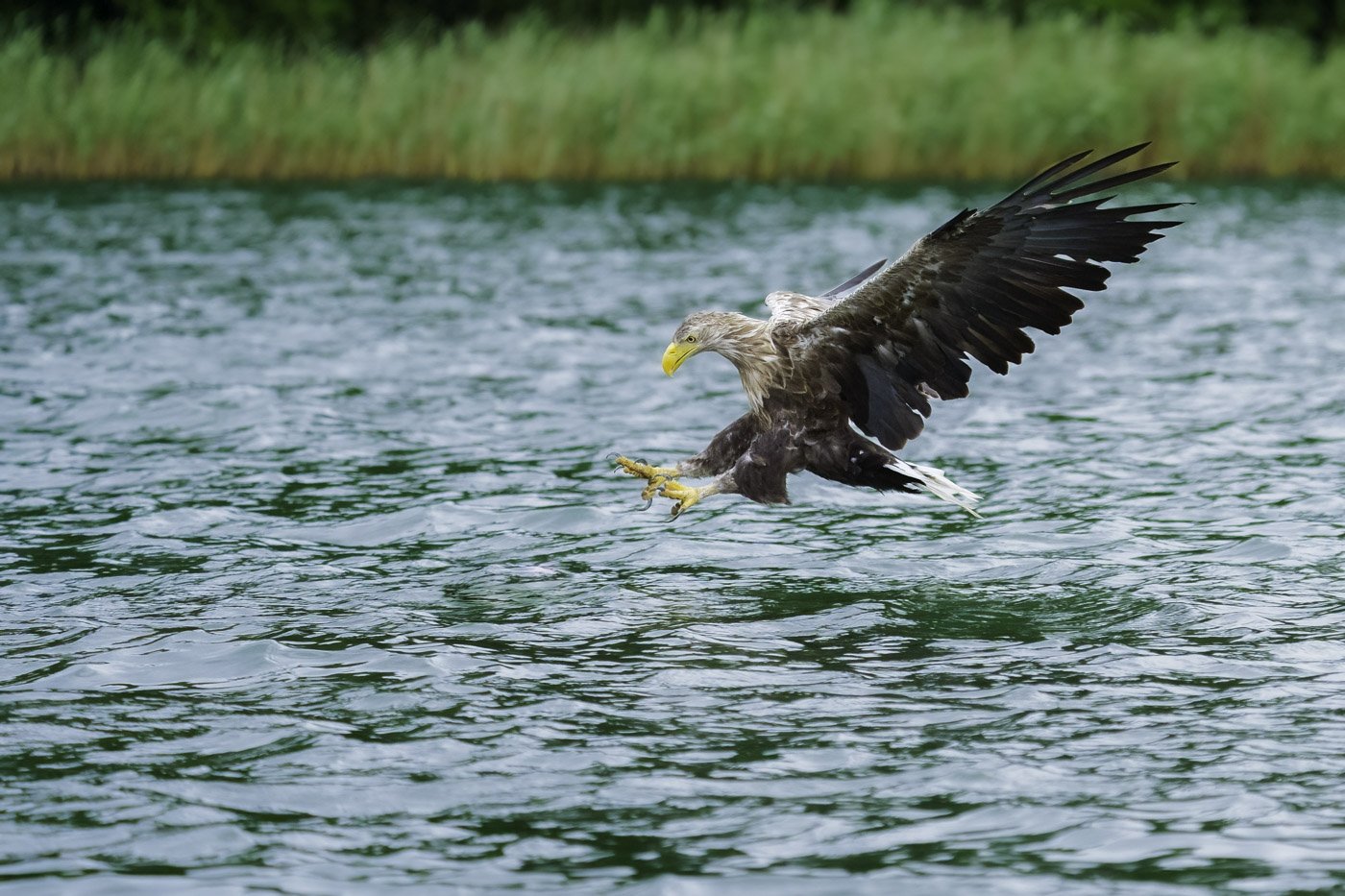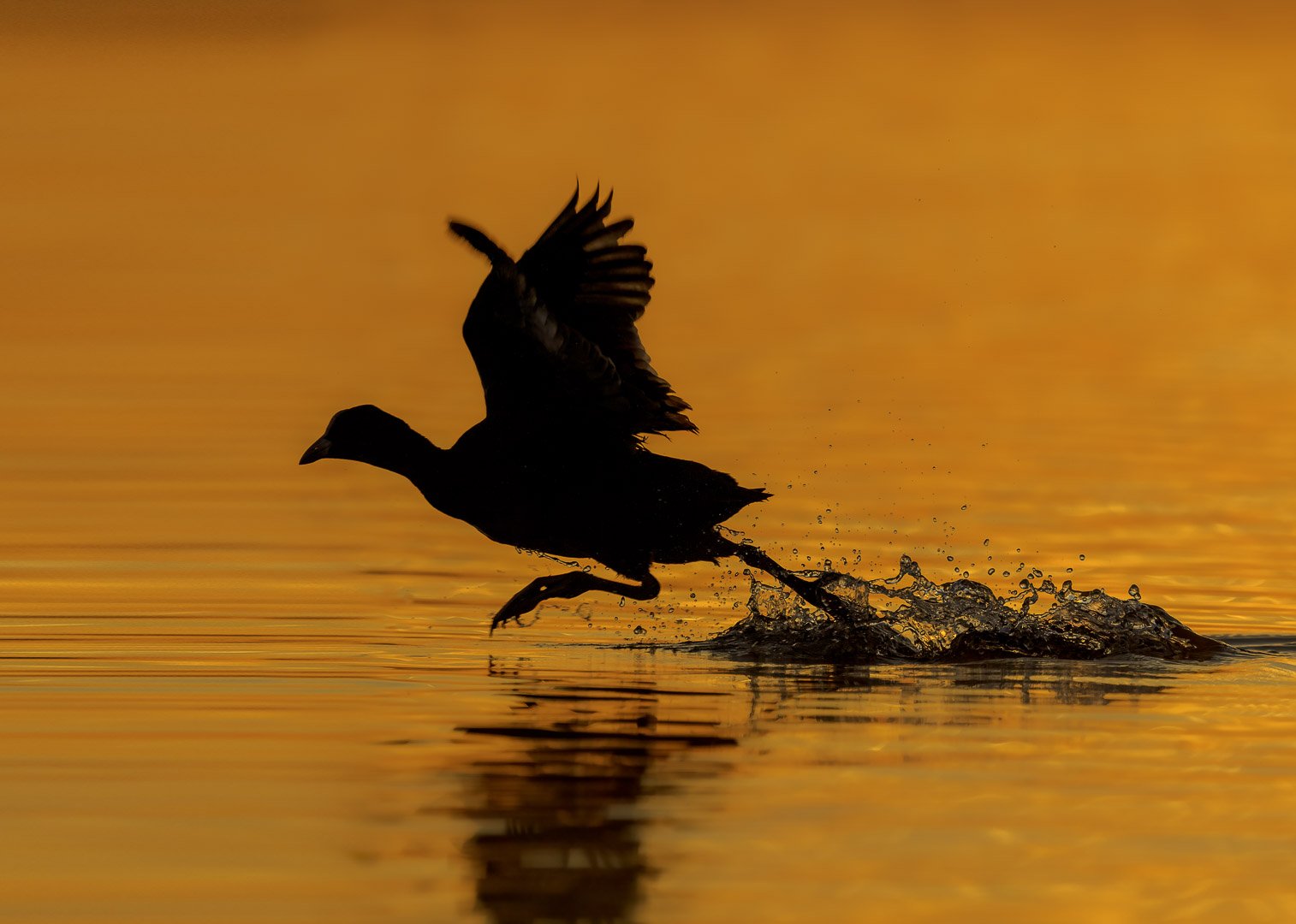Wildlife Season Start in Bavaria
Mute Swan (Cygnus olor) - Taken in the Upper Palatinate, February 2023
Three weeks have passed since my return from my Japan trip, and I still have many pictures to sort through. At the same time, spring is just around the corner, and I haven't been outside much in recent weeks due to catching up on work and personal life. For those who don't know what I'm referring to when I mention my trip, feel free to check here: Wild Japan Trip #1, Wild Japan Trip #2, Wild Japan Trip #3. 😀
But now I'm back to the present and have started my wildlife season 2023 today. Let me explain how I usually proceed.
For me, the nature year begins with visiting my locations early in the year to observe which animals are already active. I do the same when exploring new areas. On such days, I mostly take documentation pictures while observing which animals are active. One of my favorite spots in the Upper Palatinate is a place I know very well, both the area and the richness of species. Here, you can find everything from the common mute swan (like today's cover photo) to fish and white-tailed eagles.
Last year around this time, it was still very icy, and no birds were to be seen. The water surfaces were still frozen, and it was very, very quiet, which I sometimes enjoy.
However, this year there is already more activity. As every year, the Canada geese started the morning with their busy honking concerts. When I started nature photography a few years ago, I often wondered why these geese couldn't just be quiet, as they can keep the noise level high for several hours. But now I enjoy hearing their trumpeting from a distance. 😀
As mentioned, I settled down at my favorite spot in the Upper Palatinate today and observed the activities. Besides the Canada geese and a pair of Graylag geese (Anser anser), there were also a Great egret, Mute swans, Mallards, Long-tailed tit (Aegithalos caudatus), marsh tits, Eurasian siskin (Spinus spinus), and a Kingfisher (Alcedo atthis) to see. I am particularly pleased that the kingfisher has survived the cold winter so far, as it is difficult for him to find food when the water surfaces freeze.
Although the weather was gloomy and the sun covered by clouds, it felt good to be outside, just sitting quietly and observing. I think some of you know the feeling: at a certain point, you just need to break out, go outside, and take a deep breath. You can clear your mind and find peace. This is one of the main reasons I always take my camera outside.
Overall, I was outside for four hours and saw more than I expected. There was also a lot to hear - besides the variety of songbirds and their chirping, I could hear the green woodpecker, black woodpecker, and the pygmy owl. The latter is currently in its spring mating season, which is a great opportunity to listen to its mating calls. I haven't specifically looked for the pygmy owl yet, but my wife and I would love to see this beautiful animal live.
This was my first wildlife day in Germany in the Bavarian Upper Palatinate, and tomorrow will be a slightly longer day in nature. I will spot cranes and white-tailed eagles. The first migratory birds have already been sighted, and occasionally cranes pass through our area. Wish me luck!
Finally, here's the equipment I had with me:
Sony A1
Sony 400 mm F2.8 GM
Rollei Rock Solid Alpha XL Mark II Carbon
And as always, a few pictures from today's adventure for you:




